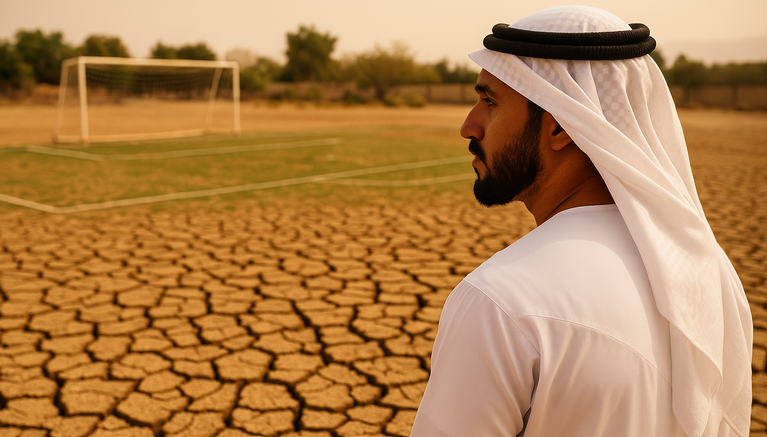Sports and Climate: How weather now shapes competitions
October 22, 2025

How Climate Change Affects Sports
Long before data ruled sport, athletes depended on the sky above them. Farmers, fishermen, and players shared the same uncertainty: the weather decided everything. In the early Olympic years, the heat could stop a race. Centuries later, we rely on science, yet the same question remains – how can we play when the planet itself changes?
Two centuries ago, the link between nature and sport felt natural. Today, it feels fragile. Leagues rewrite calendars, matches move to cooler hours, and odds fluctuate with every storm alert. Modern bettors now track satellite updates and forecasts through https://kw.1xbet.com/en, where climate patterns meet betting analysis in real time.
From the cricket fields of Asia to football pitches in Europe, the conversation no longer concerns tactics alone. It is about air quality, humidity, and survival under heat that once felt impossible.
Shifting Seasons
Sport has always followed the rhythm of the calendar. Like cricket for summer and spring is for cycling. However, with the earth heating up, things have getting worse.
Postponements once considered rare now shape entire competitions. Flooded pitches, melted ice, and delayed starts appear more often. Recent studies recorded over thirty weather-related cancellations in top leagues in 2023.
Some sports struggle more than others:
- Cricket and baseball lose days to heavy rain.
- Marathon runners face dangerous temperatures.
- Footballers cope with thick humidity and slower play.
Bettors now treat the forecast like another player on the field. Odds shift not only by team form but by the wind itself.
New Arenas
Many federations turn to technology to protect their events. Things like roofs that can close and stadiums that control the temperature mean games can still happen. The trend reflects both comfort and business — every postponed match means lost revenue.
In the middle of this transformation stands the rise of tech-powered stadiums, built to manage air flow, track energy use, and even predict cooling needs. They are more than structures. They have become instruments that keep both sport and betting markets steady.
Still, even the best systems face limits. Sandstorms near coasts or heat waves in inland cities prove that not every risk can be managed. Sport must adapt, not just engineer its way out.
Athletes Under Heat
Training used to follow seasons. Now, it follows weather alerts. Many athletes spend pre-seasons in cooler regions or train at dawn to avoid high temperatures. The focus on physical safety has changed coaching itself.
Medical studies note that heat above 30°C increases fatigue and muscle injuries by about 20%. Hydration plans and light uniforms are now part of tactical design. Sports analysts, too, follow these numbers. A well-prepared athlete under pressure can shift odds faster than a last-minute goal.
To mimic difficult environments, certain teams use climate chambers, while others opt to alter their game plans completely, favouring short, intense efforts over long endurance plays.
Economic Effects
Cancelled matches hurt more than the scoreboard. They affect television schedules, travel costs, and betting turnover. Bookmakers often refund disrupted bets, reducing weekly revenue. A report from 2024 estimated total global sports losses from weather at around 1.6 billion dollars.
To manage that risk, organisers and sponsors now monitor climate data just as they track ticket sales. The checklist has changed:
- Air quality levels at stadiums.
- Water supply for maintenance.
- Travel emissions of visiting teams.
This approach turns sustainability into an economic necessity, not a moral gesture. Betting platforms use similar metrics to stabilise odds and protect long-term margins.
A Future Written in Forecasts
The next decades will test every sport’s resilience. Calendars will shift, matches will migrate, and investors will look for balance between sustainability and profit. For fans, the joy remains the same – but the context has changed.
Sport no longer happens outside nature. It happens within it. The bond between nature and competition cannot be separated. As temperatures rise and storms grow stronger, every match becomes a reminder that climate, too, plays its game.
Other posts by :
